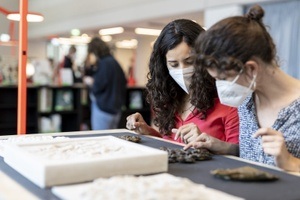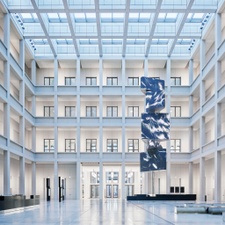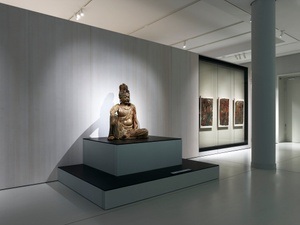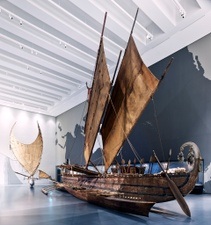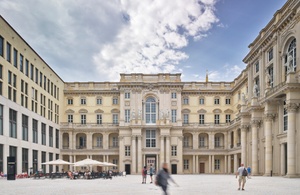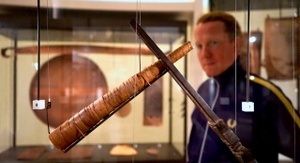Wohnkomplex. Kunst und Leben im Plattenbau. Buchpräsentation und Gespräch mit Kevin Hanschke, Kito Nedo und Juliane Richter
In the organizer's words:
Residential complex. Art and life in prefabricated housing
Book presentation and discussion with Kevin Hanschke, Kito Nedo and Juliane Richter
In the GDR, prefabricated housing was considered the heart of social policy and a symbol of real socialist progress, a place of socialization and known for modern living in lively housing estates. In order to remedy the immense housing shortage after the war, the SED regime relied on the industrial production of housing, which culminated in the WBS 70, the housing series introduced in 1970. After reunification, the prefabricated housing estates increasingly fell into disrepute. They became the scene of painful transformations and a symbol of social decline and racist violence. As ruins, the buildings awaited demolition, were renovated or converted. In East Germany, this form of housing is still a defining element of the urban landscape today.
How the East German prefabricated housing estates are dealt with in art is the subject of the catalog Wohnkomplex. Art and Life in Prefabricated Housing, which accompanies the exhibition of the same name at MINSK, curated by Kito Nedo. It presents installations, paintings, drawings, photographs and films created between the 1970s and today. In addition to texts by Kito Nedo and Kevin Hanschke, the catalog includes a literary essay by writer Grit Lemke, a cultural-historical classification of GDR panel construction photography by cultural historian Bernd Lindner, a glossary of essential terms relating to the panel complex by art historian Juliane Richter and a chronicle of the development of panel construction architecture by architect Philipp Meuser.
Kevin Hanschke is a cultural manager and publicist and deals with East German and Central Eastern European cultural life, art and theater. He studied political science and cultural policy in Berlin, Warsaw and Paris. He is currently working in the Ministry of Culture in the field of international cultural policy.
Kito Nedo works as a freelance author, editor and journalist. His topics are the visual arts and cultural policy. Nedo is the author of numerous catalog articles on contemporary art. He lives in Basel and Berlin.
Juliane Richter is an art historian and journalist. She is doing her doctorate at the Bauhaus University Weimar on the circulation of architecture and knowledge between the GDR and Cuba. In 2016, she curated the RASTER : BETON festival in Leipzig-Grünau and has published on topics including inner-city prefabricated housing and the architectural legacy of socialism.
This content has been machine translated.




